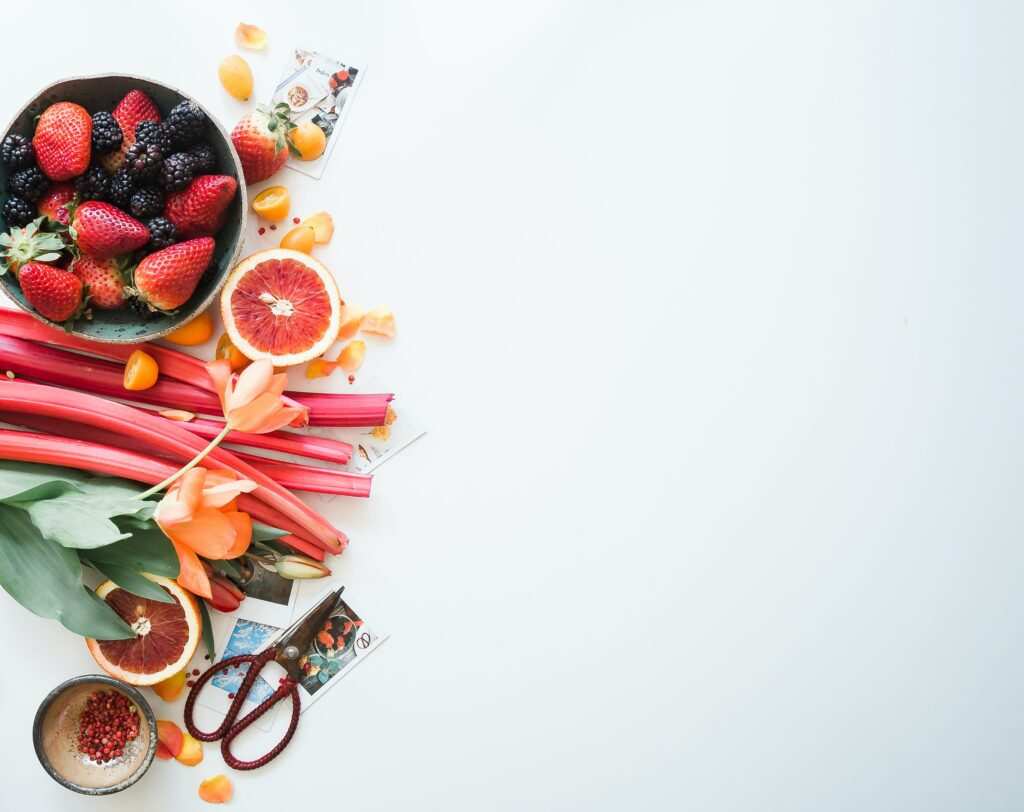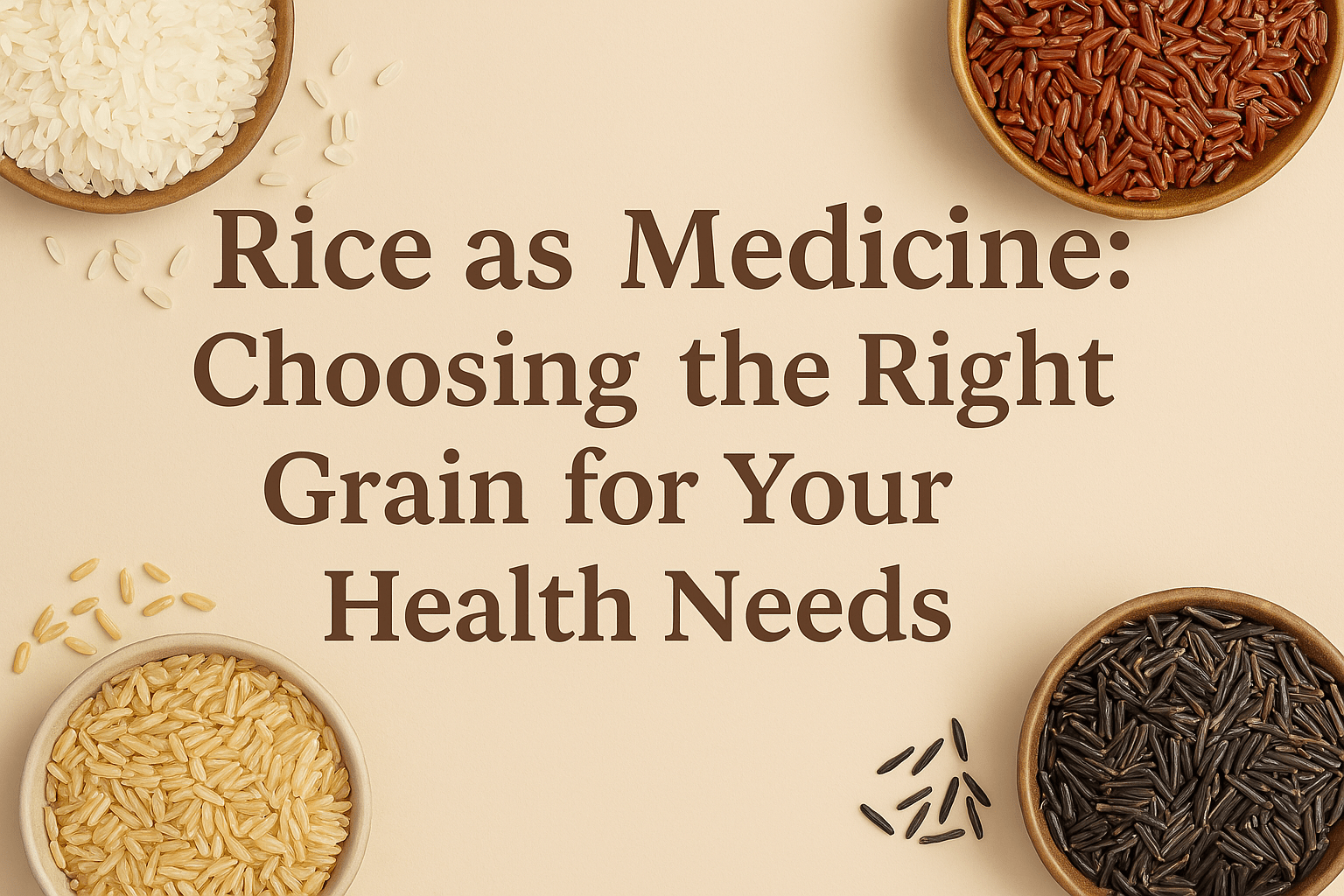Organic Food
Founders Keshav Jain and Nikita Bhandari of Fresh and Organic Delivery, Delhi, discuss wht going organic is the key…
It is hard to think of a buzzword stronger than organic in the last few years. The organic food industry is growing at an exponential rate, and with an increasing number of people catching up with the ins-and-outs of organic produce, the rise is expected to continue unabated.
Organic food is natural, as it is grown without the use of synthetic chemicals such as harmful pesticides or fertilisers. Due to the lesser to no use of synthetic chemicals, the food grown is much healthier than the conventional foods that are loaded with harmful chemicals that affect health in the long run. They say we are what we consume, and how food is grown can have a major impact on your mental and emotional health.

Apart from affecting humans it also affects the environment and the animals that live in it. These days people are increasingly inclined towards choosing healthier options by going organic as they are well aware that it leads to a better and healthier life.
One of the major benefits of consuming organic produce is that it contains fewer pesticides which otherwise conventional produce have in large quantities. It is also free of preservatives that are added to conventional products to make it last longer. Organic farming is not only beneficial for humans but also for the environment as there is lesser pollution, increased soil fertility, lesser energy consumed and is also better for birds and animals as their habitat isn’t affected badly. Organic meat, eggs and dairy produce are obtained from animals that are fed naturally and not given any antibiotics to affect the production. Organic foods are more nutrient-dense as they are produced using methods that are natural and free from artificial colors, flavors or preservatives. Organic produce helps to reserve our ecosystem as it is produced through farming practices that only use natural substances thereby resulting in less pollution. Organic farming also reduces the risk of health issues for farmers and their families as they are not exposed to harmful chemicals and pesticides.

Here are top 5 reasons to “Eat Organic”
- Eating organic is the best way to avoid GMO foods, ingredients and contamination.
- Organic farming creates healthy soil which creates healthy food and thus a healthy environment.
- Organic food contains more vitamins, minerals, enzymes and micronutrients than conventionally raised food.
- Organic farms and crops are pollinator-friendly and protect bees, pollinators and wildlife from toxic chemicals.
- Consuming organic food helps in improving heart condition and building a stronger immune system with lesser chances of food borne illnesses.
Organic products are more expensive than conventional ones, and deciding whether they are worth the extra cost is certainly a matter of choice. Therefore, it is important for the consumers to make an informed decision but going organic will certainly contribute towards keeping our ecosystem safe.





























